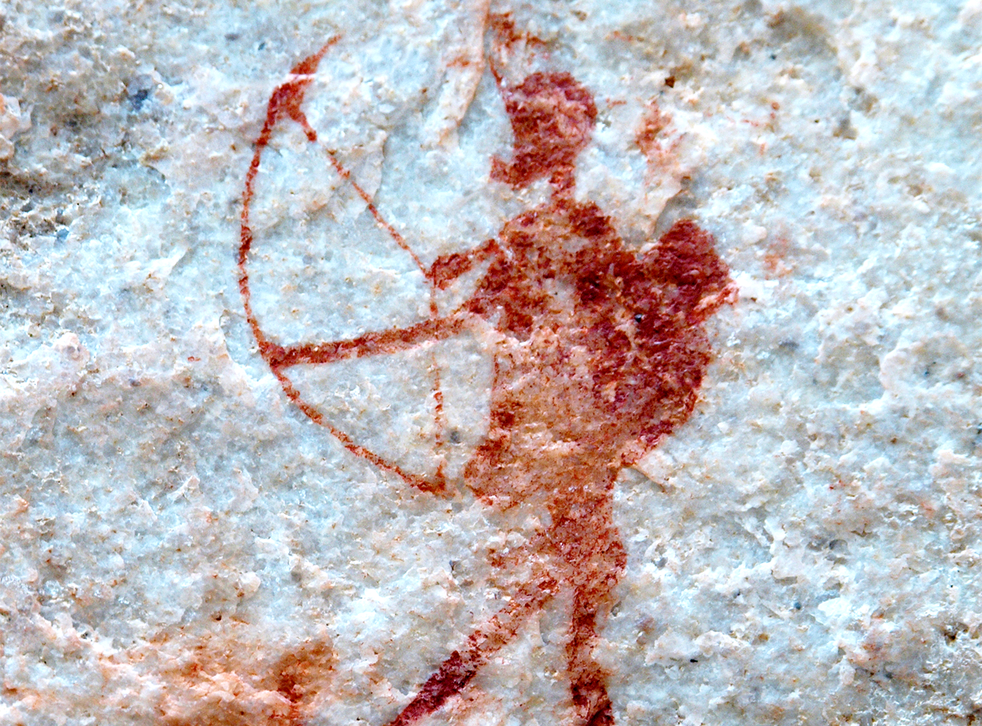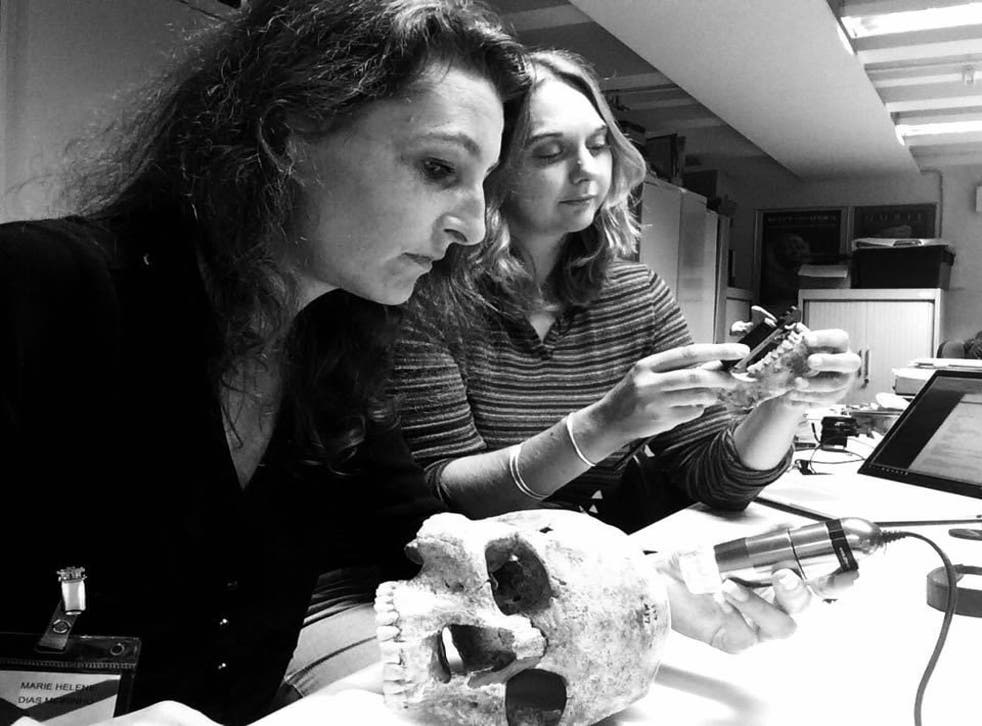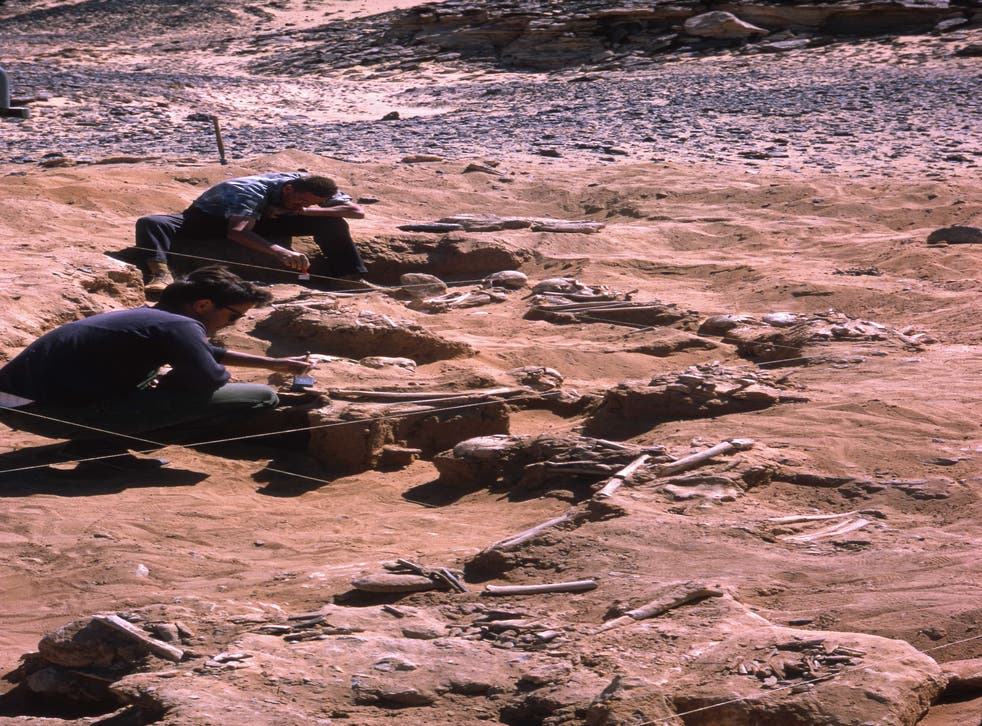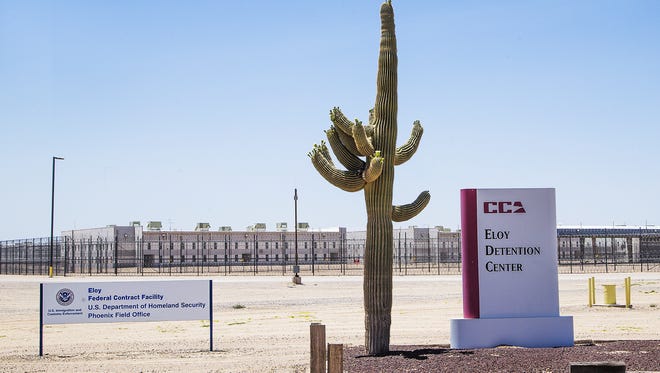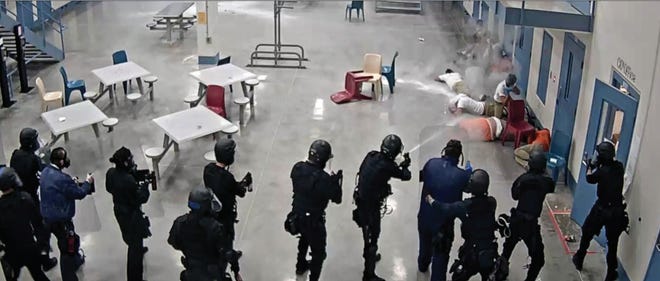NO ACCOUNTABILITY

Airmen from the Iowa Air National Guard’s 185th Air Refueling Wing in Sioux City unload bags from the back of a U.S. Air Force KC-46 Pegasus in Sioux City, Iowa in September. File Photo by Vincent De Groot/Iowa Air National Guard
May 27 (UPI) -- Air Force program officials' failure to effectively manage the KC-46 tanker program necessitated a costly redesign, according to a report the Pentagon's inspector general released Thursday.
The KC-46 is a multirole tanker aircraft, designed to refuel military aircraft compatible with international aerial refueling procedures. It's also equipped to carry passengers, cargo and patients.
In the years between 2011, when the Department of Defense awarded Boeing the first contract for the tanker, and 2018, Air Force program officials continuously reduced testing requirements for the aircraft, the report said.

Airmen from the Iowa Air National Guard’s 185th Air Refueling Wing in Sioux City unload bags from the back of a U.S. Air Force KC-46 Pegasus in Sioux City, Iowa in September. File Photo by Vincent De Groot/Iowa Air National Guard
May 27 (UPI) -- Air Force program officials' failure to effectively manage the KC-46 tanker program necessitated a costly redesign, according to a report the Pentagon's inspector general released Thursday.
The KC-46 is a multirole tanker aircraft, designed to refuel military aircraft compatible with international aerial refueling procedures. It's also equipped to carry passengers, cargo and patients.
In the years between 2011, when the Department of Defense awarded Boeing the first contract for the tanker, and 2018, Air Force program officials continuously reduced testing requirements for the aircraft, the report said.
Testing requirements didn't change even as evidence surfaced that the refueling boom might not work, nor after Boeing made changes during the early design review process.
In 2018, the Air Force tested the tankers for full functionality and found that they failed to refuel multiple military aircraft, including the B-52 and the F-35A.
The Pentagon has since issued two contract modifications -- one in August 2019 and one in March 2020 -- to redesign the plane's boom telescope.
The deals total $100 million, the IG report noted, arguing that the redesign could have been avoided with more careful oversight.
"Had KC-46 Program Office officials effectively managed the development and testing of the refueling boom for the KC-46A tanker, the Air Force would not have had to spend an additional $100 million for the redesign of the refueling boom to achieve its required performance," the report said.
The IG report further notes that the tankers that have been delivered will need to be retrofitted, which "will result in additional undetermined costs," as well as a five-year delivery of the first tankers with mission-capable refueling booms.
The IG's office recommended that the DoD require those overseeing major acquisitions to "conduct knowledge-building technology readiness assessments throughout the acquisition life cycle" and develop maturation plans for technologies that haven't been adequately tested.
The office also stressed that the DoD needs to use scientific test and analysis techniques to develop its test and evaluation plans, and include the most critical or stressing test conditions in those plans.
In addition to the failure of the refueling boom, inspectors have found foreign objects like tools and leftover parts in the planes, drawing criticism and calls for additional scrutiny from lawmakers.
According to the report, the defense official tasked with responding to the report partially agreed with its recommendations, but did not respond to all of them.
The Air Force cleared the KC-46 for limited, non-combat flights in February, with officials saying the planes wouldn't be ready for the battlefield for another two years.
The service has also continued to award big contracts to Boeing to build more of the tankers, including a $1.7 billion deal in mid-January and a $2.1 billion deal awarded later that month.t
upi.com/7100457
In 2018, the Air Force tested the tankers for full functionality and found that they failed to refuel multiple military aircraft, including the B-52 and the F-35A.
The Pentagon has since issued two contract modifications -- one in August 2019 and one in March 2020 -- to redesign the plane's boom telescope.
The deals total $100 million, the IG report noted, arguing that the redesign could have been avoided with more careful oversight.
"Had KC-46 Program Office officials effectively managed the development and testing of the refueling boom for the KC-46A tanker, the Air Force would not have had to spend an additional $100 million for the redesign of the refueling boom to achieve its required performance," the report said.
The IG report further notes that the tankers that have been delivered will need to be retrofitted, which "will result in additional undetermined costs," as well as a five-year delivery of the first tankers with mission-capable refueling booms.
The IG's office recommended that the DoD require those overseeing major acquisitions to "conduct knowledge-building technology readiness assessments throughout the acquisition life cycle" and develop maturation plans for technologies that haven't been adequately tested.
The office also stressed that the DoD needs to use scientific test and analysis techniques to develop its test and evaluation plans, and include the most critical or stressing test conditions in those plans.
In addition to the failure of the refueling boom, inspectors have found foreign objects like tools and leftover parts in the planes, drawing criticism and calls for additional scrutiny from lawmakers.
According to the report, the defense official tasked with responding to the report partially agreed with its recommendations, but did not respond to all of them.
The Air Force cleared the KC-46 for limited, non-combat flights in February, with officials saying the planes wouldn't be ready for the battlefield for another two years.
The service has also continued to award big contracts to Boeing to build more of the tankers, including a $1.7 billion deal in mid-January and a $2.1 billion deal awarded later that month.t
upi.com/7100457




